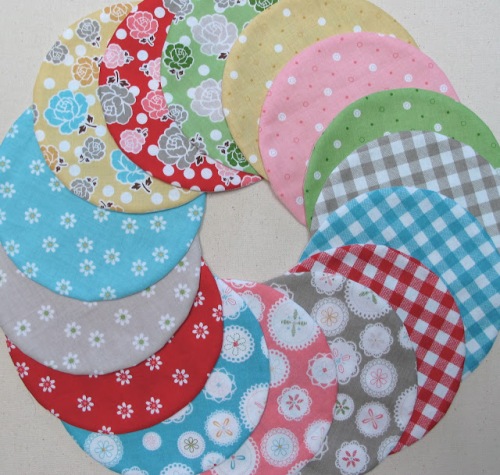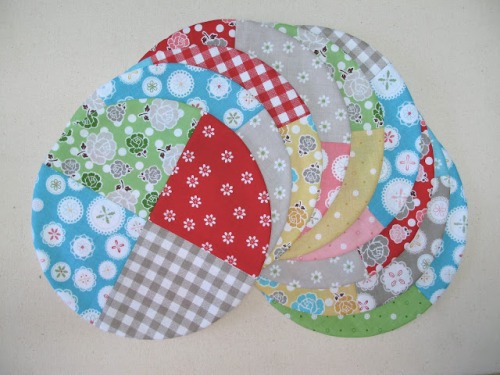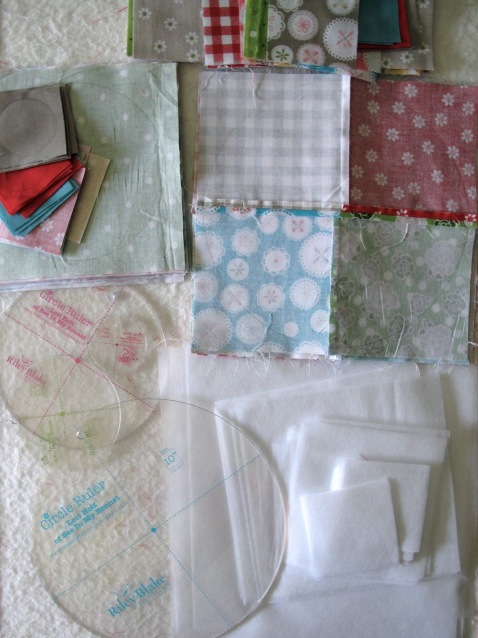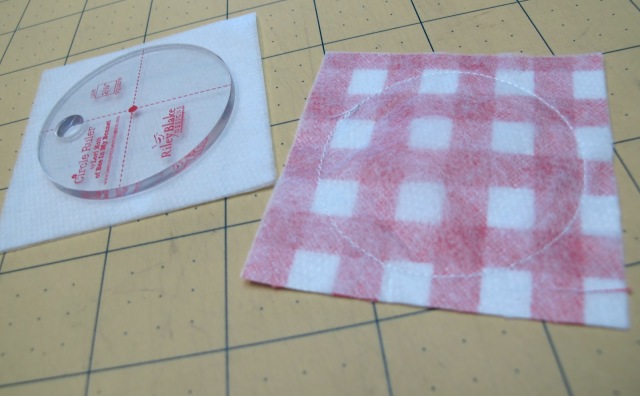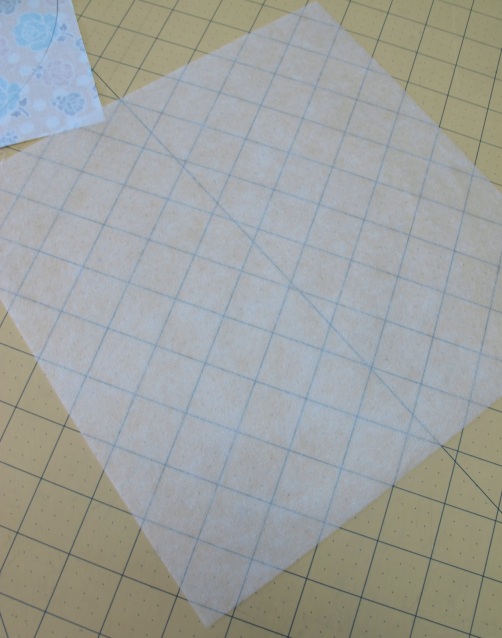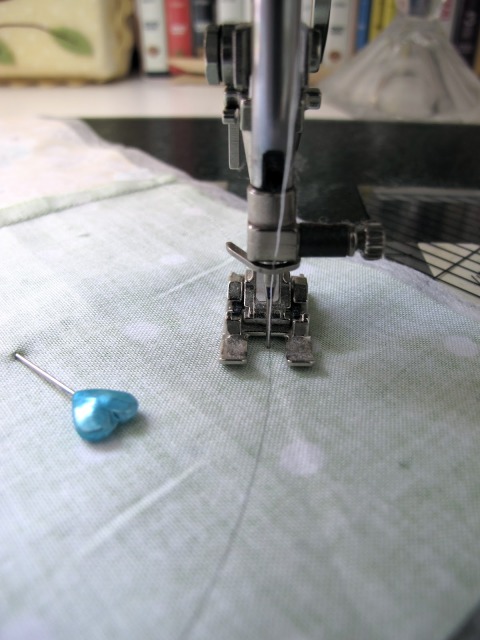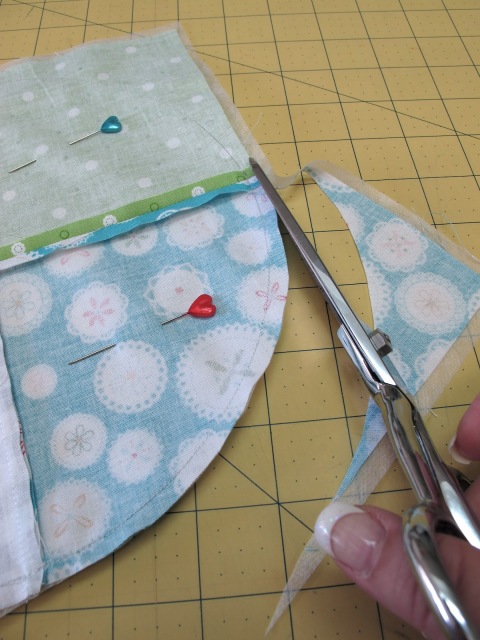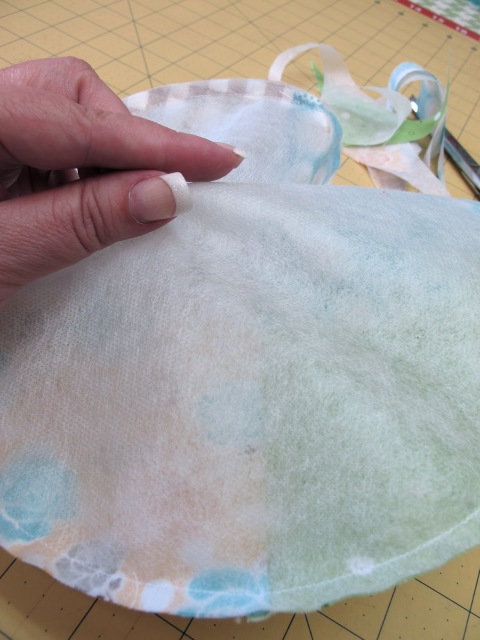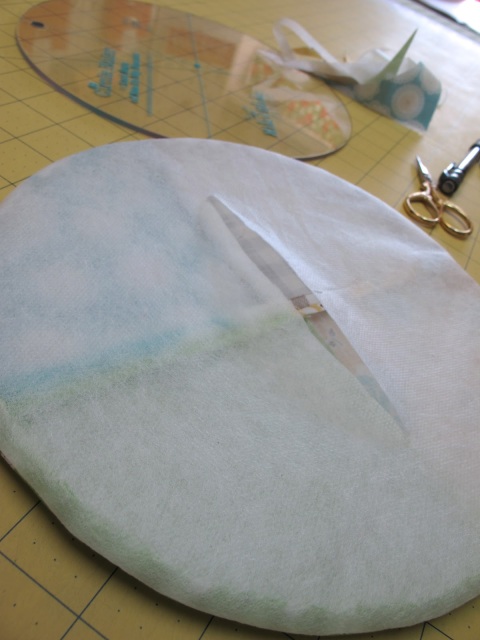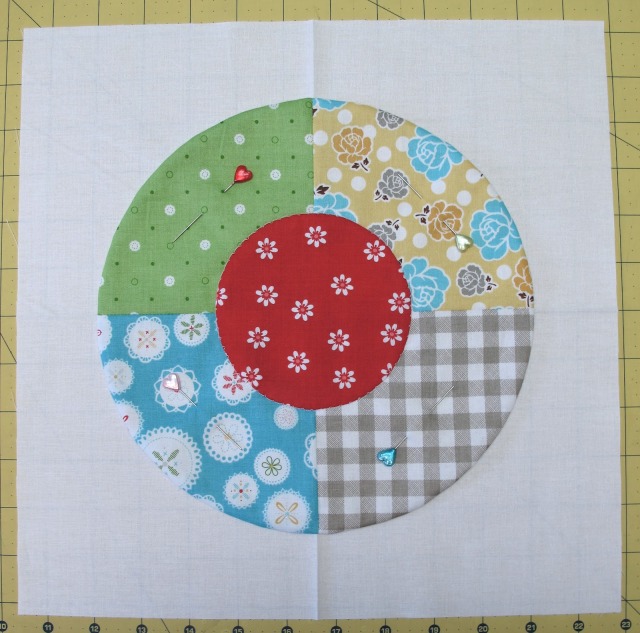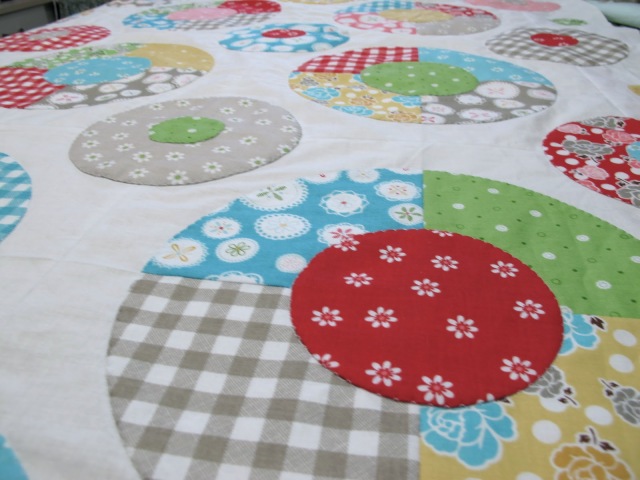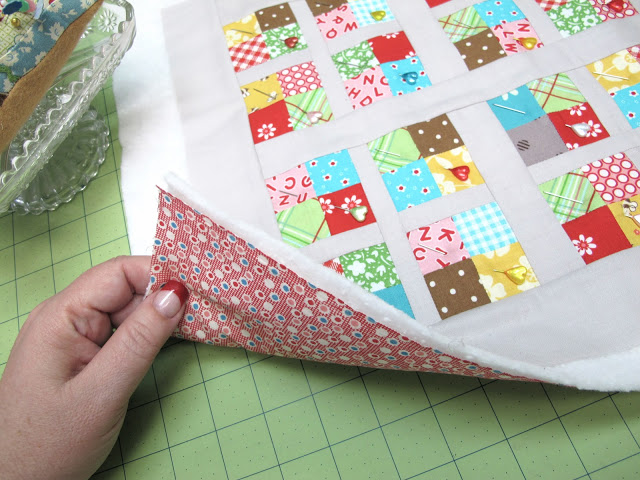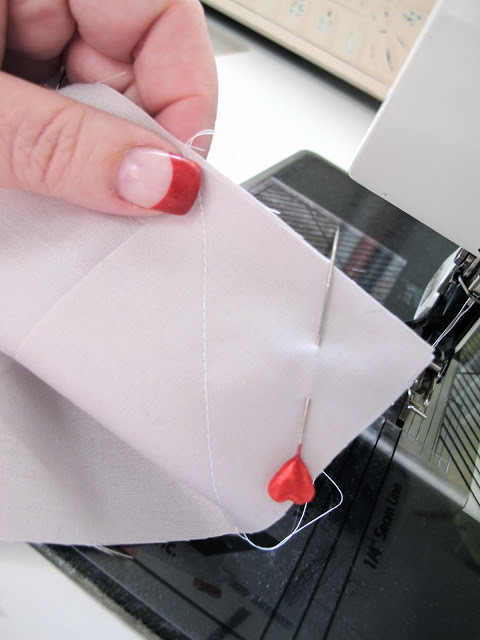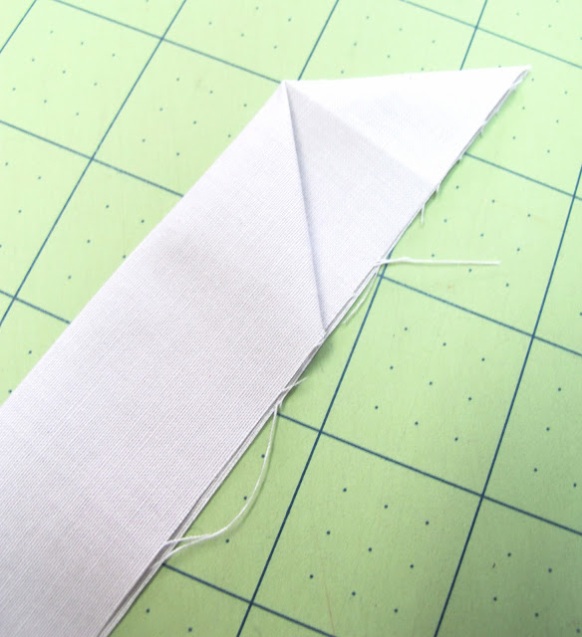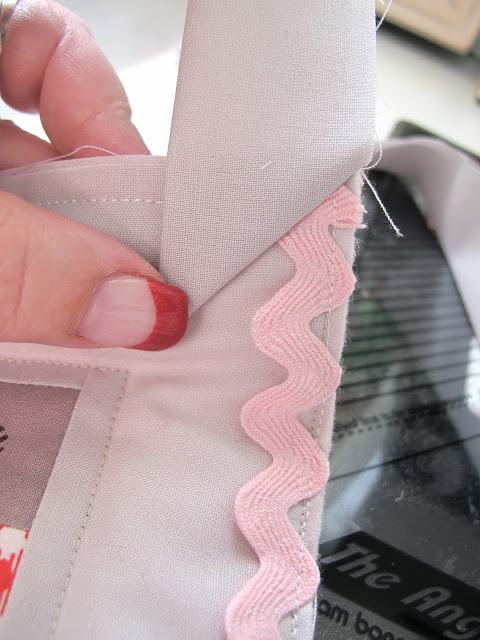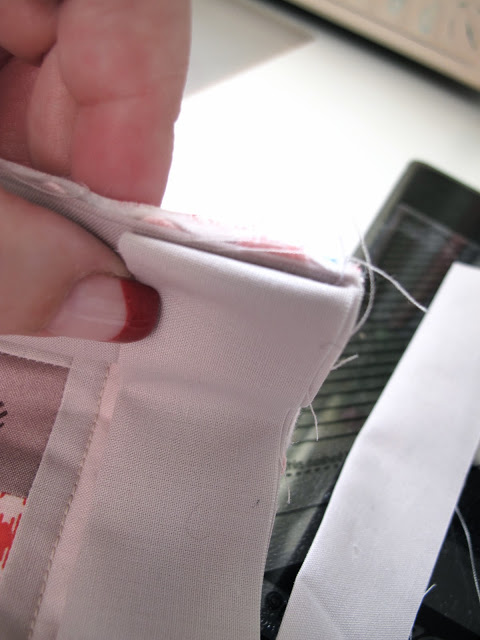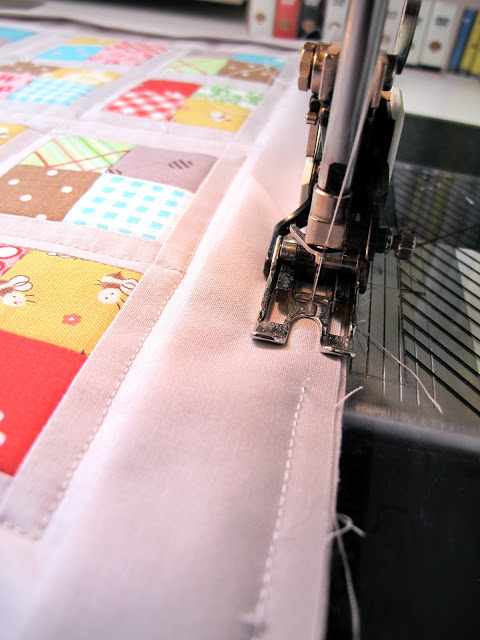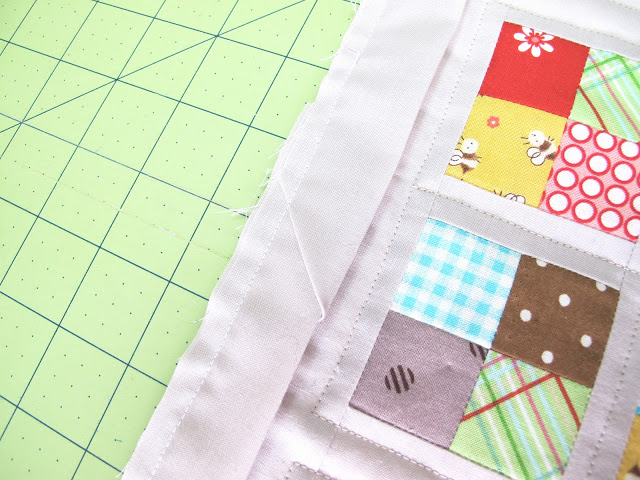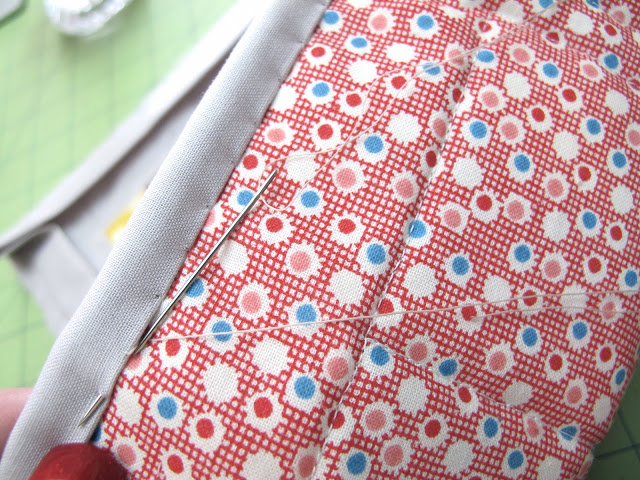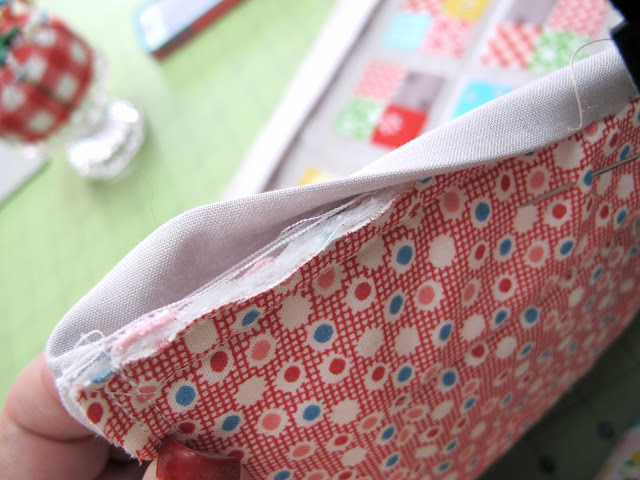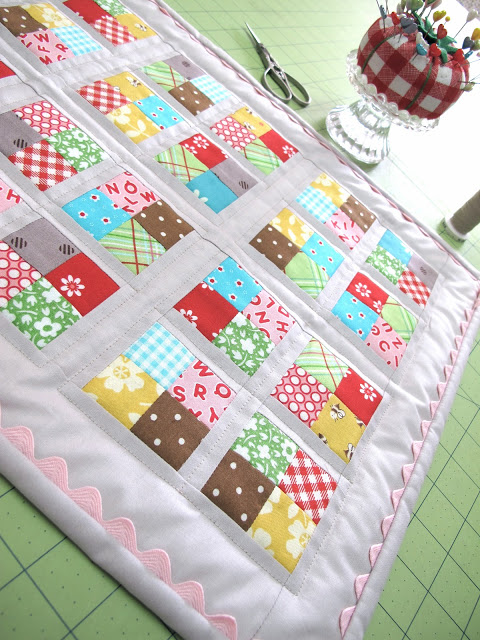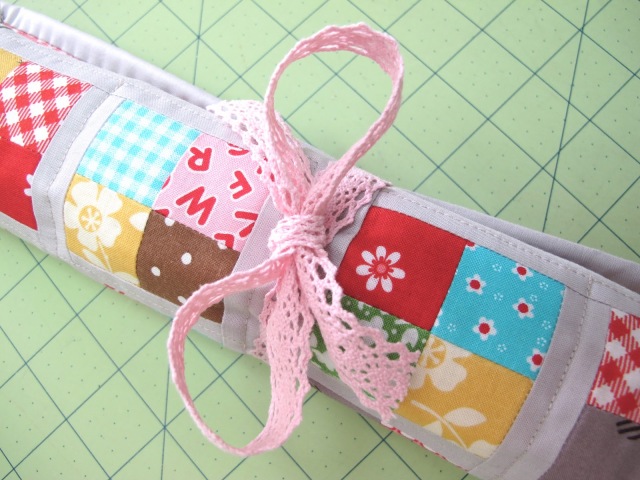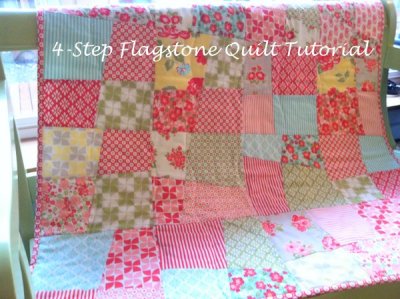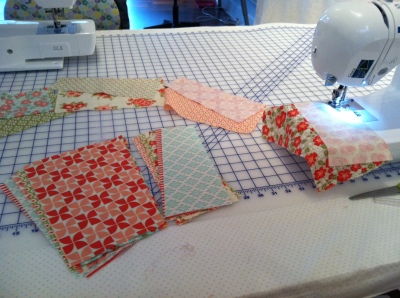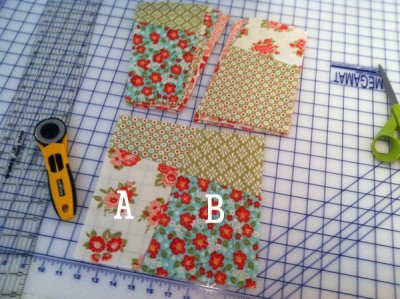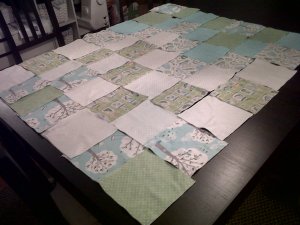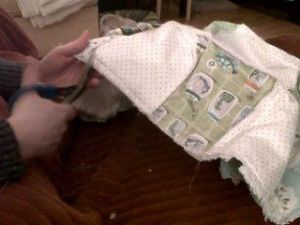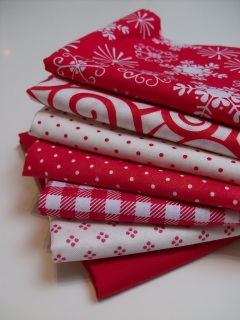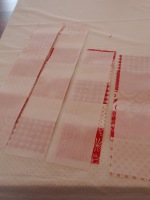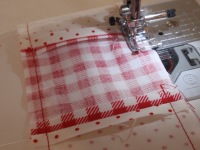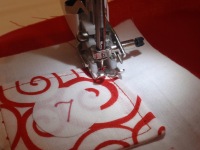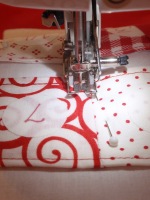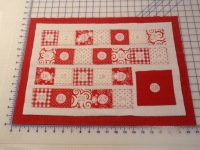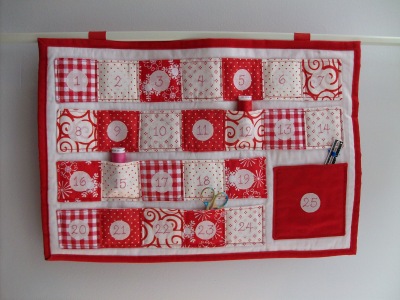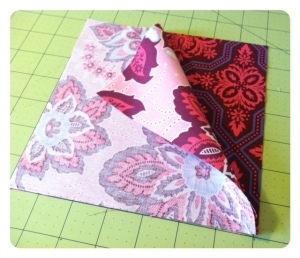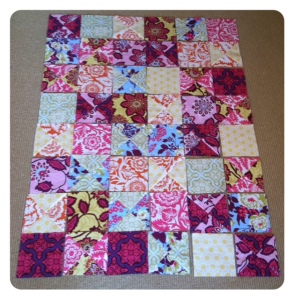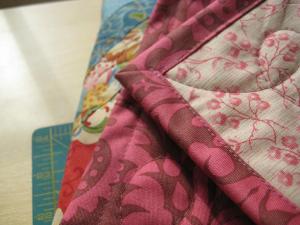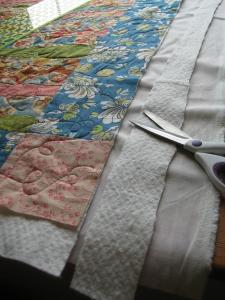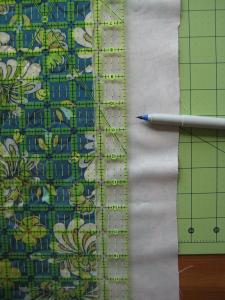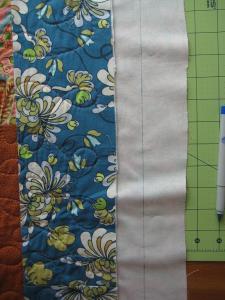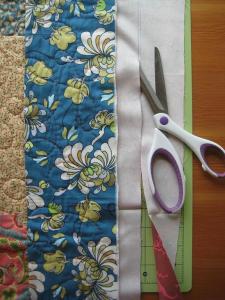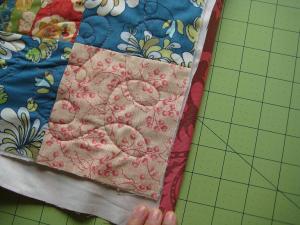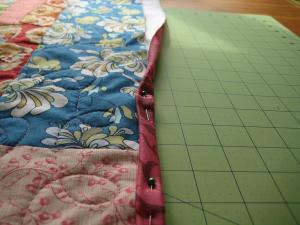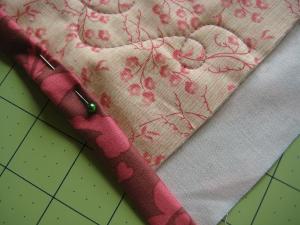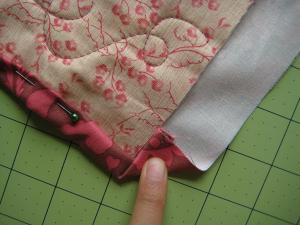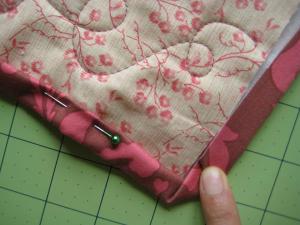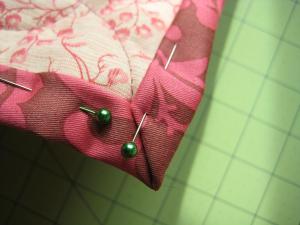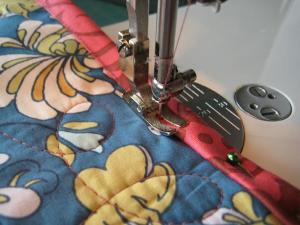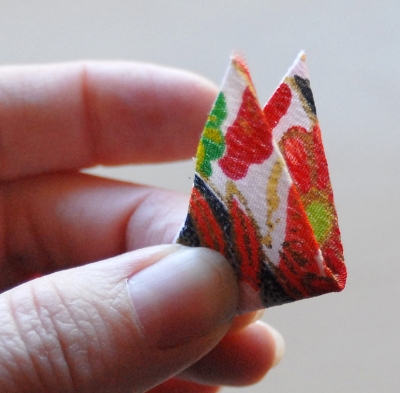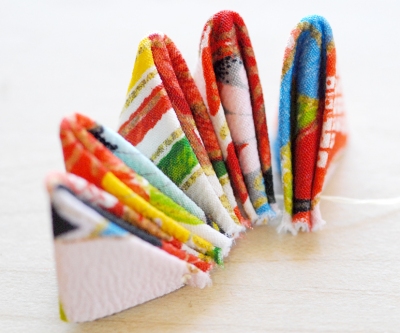Dalam pembelajaran bahasa khususnya bahasa Jerman, terdapat empat keterampilan yang harus dikuasai oleh seseorang pembelajar bahasa Jerman. Keempat keterampilan itu adalah, keterampilan membaca (Lesefertigkeit), berbicara (Sprechfertigkeit), menyimak (Hörfertigkeit), dan menulis (Schreibfertigkeit)
Pada materi ini penulis akan menerangkan sekilas tentang membaca dalam bahasa Jerman. Cara baca kata atau kalimat bahasa Jerman tidaklah sulit seperti bahasa inggris, perancis ataupun bahasa yang lain. Sebagian besar kata atau kalimat bahasa Jerman dibaca sesuai dengan apa yang tertera pada tulisannya. Untuk lebih jelasnya penulis akan menerangkan dan memberikan contoh cara membaca tulisan bahasa Jerman.
Huruf abjad dalam bahasa Jerman
Aa Be Ce De Ee eF Ge Ha Ii Jot Ka eL eM eN Oo Pe Qu eR eS Te Uu Vau We iX Ypsilon Zet Ääa-umlaut Üüu-umlaut Öőo-umlaut βEsZet
Tidak jauh berbeda dengan bahasa Indonesia. Hanya yang berhuruf tebal saja yang berbeda. Itu pun berbeda pengucapan hurufnya, tapi bila sudah ada di dalam kata, bunyinya akan sama dengan bahasa Indonesia
Contoh:
Qualität – dibaca: kualitet
variabel – dibaca: fariabel
Januar – dibaca: Yanuar
Wolf – dibaca: Volf
Zebra – dibaca: Tsebra
Typ – dibaca: tüp (ü lihat penjelasan di bawah)
Tapi ada tambahan huruf lagi dalam bahasa Jerman, yaitu umlaut:
ä (a umlaut), biasa juga ditulis dengan ae
ö (o umlaut), biasa juga ditulis dengan oe
ü (u umlaut), biasa juga ditulis dengan ue
Nah ini yang susah. Susah untuk menuliskan bagaimana ketiga huruf umlaut itu dibaca. Harus mendengar dan melihat langsung. Tapi kira-kira begini:
ä – pengucapannya mirip dengan pengucapan e
ö – pengucapannya antara mengucapkan o dan u (mulutnya mancung ya…)
ü – pengucapannya antara mengucapkan u dan e (mulutnya mancung ya…)
Masih ada satu huruf lagi: ß (eszett). Ini cara membacanya gampang. Jangan panik dulu melihat bentuknya. Membacanya seperti membaca huruf s yang ‘tajam/tebal’ atau double s – ss.
Contoh: Grüßen dibaca: Gruessen.
Lalu ada lagi gabungan beberapa huruf yang sering dipakai dalam bahasa Jerman:
äu – dibaca oi/oy
ch – dibaca kh tebal
ck – dibaca k
ei – dibaca ai
eu – dibaca oi/oy
ie – dibaca i panjang
sp, st – bila diawal kata dibaca dengan s seperti syin atau sh atau sy; bila ditengah dibaca tipis seperti biasa
sch – membacanya juga seperti s pada syin atau sh atau sy.
Masih ada lagi beberapa huruf yang sering ditulis berdekatan. Tapi cara membacanya biasa saja seperti bahasa Indonesia.
Misalnya: Pf dalam Pfau (merak) dibaca Pfau seperti biasa.
Kasus lain:
– pengucapan huruf h. Bila huruf h terdapat di tengah kata, maka h ‘tidak dibaca’, tapi membaca a nya agak panjang aa.
Contoh: Mahnung – dibaca Manung.
– pengucapan huruf s. Bila huruf s diikuti vokal, maka dibaca z.
Contoh: Sonne – dibaca Zonne
– -ig. Bila ig terletak di akhir kata, maka dibaca ih.
Contoh: billig – dibaca billih
Sebetulnya masih ada lagi, yaitu akhiran -en, pada kata kerja bentuk dasar bahasa Jerman. Akhiran -en, ini biasanya diucapkan tak jelas.
Misalnya: machen – dibaca: mach‘n
Demikian dasar-dasar cara membaca satuan terkecil kata dalam bahasa Jerman. Mudah-mudahan tidak ada yang tertinggal.
Satu catatan: Pada kenyataan sehari-hari kerap terdengar ketakpersisan cara membaca/mengucapkan dari orang-orang native Jerman sekalipun. Hal ini dikarenakan- seperti juga pada semua bahasa di dunia- ‘pengucapan bahasa’ atau pronounciation memang bukanlah ilmu pasti. Ia dipengaruhi oleh dialek, tempat/lokasi, dan juga tingkat pendidikan.
Sebagai penutup berikut ada beberapa contoh sekedar untuk melengkapi:
– Michael Schumacher – dibaca: Mikhael Shumakher
– Winter – dibaca: Vinter
– Vogel – dibaca: Fogel
– Läufer – dibaca: Loyfer
– meine – dibaca: maine
– Europa – dibaca: Oyropa
– zurück – dibaca: tsuruek
– Biene – dibaca: Biine
– spät – dibaca: shpet
– Jaguar – dibaca: Yaguar
– Google – dibaca: Google
– Porsche – dibaca: Porsye
– Dr. Seuss – dibaca: Doktor Soyss
Sumber:
Daftar pustaka
Dian Satriana,Ellyza(2007),Cara Membaca Dalam Bahasa Jerman,http://deutschlandisjerman.allespedia.com, 6 Oktober 2009
Afif (2007),Cara Membaca Dalam Bahasa Jerman,http://afifclever.blogspot.com, 6 Oktober 2009

